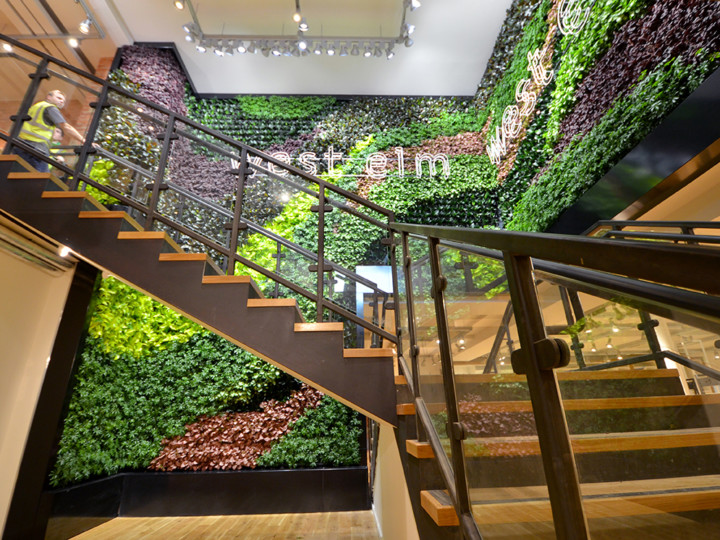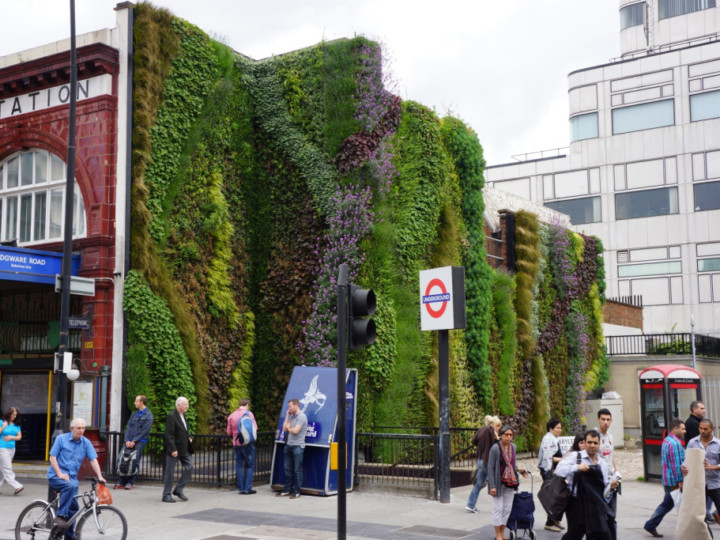
As the mercury climbs, the challenge of keeping our commercial spaces comfortably cool often leads to hefty energy bills and increased carbon footprints. But what if the most effective cooling solution was also aesthetically pleasing and environmentally sound? The answer lies in the natural ingenuity of plants. More than just adding a touch of green, strategically incorporating vegetation around and on buildings can significantly reduce heat gain, creating cooler, more sustainable environments.
The secret to this natural cooling lies in a few key processes. Firstly, direct shade from trees and climbing plants acts as a natural barrier, intercepting solar radiation before it can heat up walls and windows. Think of it as a natural parasol for your building. Secondly, the process of transpiration plays a vital role. As plants release water vapour from their leaves, it cools the surrounding air – a natural form of air conditioning. This effect can be surprisingly significant, creating a microclimate around the building that feels noticeably cooler.

Beyond individual plants, more integrated green infrastructure offers even greater cooling potential. Living walls, vertical gardens that clad building facades, not only provide shade but also introduce a layer of insulation. The substrate and the plants themselves help to buffer temperature fluctuations, keeping interiors cooler in summer and warmer in winter. Similarly, green roofs, vegetated rooftops, act as a thermal barrier, reducing the amount of heat that penetrates the building from above and contributing to a reduction in the urban heat island effect – the phenomenon where urban areas are significantly warmer than their rural surroundings.
The benefits extend beyond just temperature regulation. Plants improve air quality, reduce noise pollution, enhance biodiversity in urban areas, and create more visually appealing and welcoming spaces for employees and visitors alike. Studies have even shown that access to greenery can boost productivity and well-being.
Consider the possibilities: a creeper-covered facade softening the harsh lines of a building while keeping interior temperatures down, a vibrant green roof transforming an unused space into a biodiverse haven and reducing energy costs, or strategically placed trees providing dappled shade to outdoor seating areas. These aren’t just fanciful ideas; they are practical and increasingly adopted solutions for creating more sustainable and comfortable buildings.

If you’re considering how to harness the natural cooling power of plants for your commercial property, we can help. Our expertise at Urban Planters allows us to design and implement tailored green solutions, from selecting the right plant species to creating stunning and effective living walls and green roofs. Let us help you turn nature into your building’s most effective thermostat.
Ready to explore how plants can cool your building and create a more sustainable environment? Get in touch for a consultation today.

